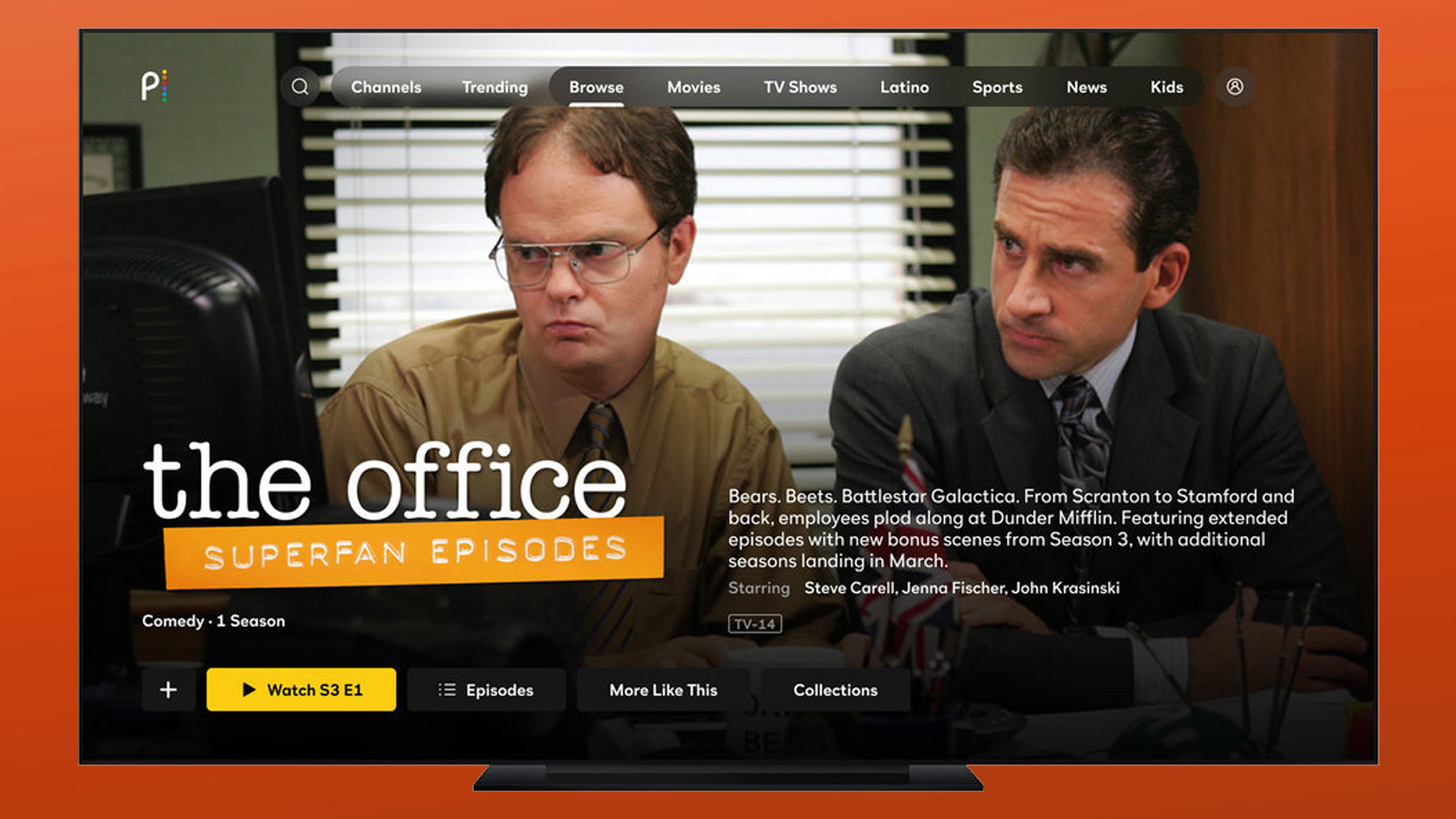Are you curious about which states in the US are the best and worst when it comes to saving money and achieving financial stability? In this article, we will explore the states that offer favorable conditions for saving money, as well as those that pose significant financial challenges. From high costs of living to low debt-to-income ratios, we will delve into the factors that contribute to each state's ranking. Additionally, we will provide practical tips on how to save money and achieve your financial goals, regardless of where you live. So, let's dive in and discover which states are the best and worst for saving money!
South Carolina - Crime and Education Levels
Moving on to South Carolina, we find that it faces significant challenges in terms of education and crime rates. The state's educational system falls below the national average for high school graduation rates and K-12 performance measures, with rates at 81% compared to the national average of 85%.
Furthermore, South Carolina has the widest poverty gap, which exacerbates the disparity in education quality between affluent and impoverished students.
When it comes to crime, South Carolina ranks among the highest in terms of violent offenses. It has the 5th highest homicide rate in the country and an incarceration rate for juveniles that is 10% higher than the national average. Assaults and murders have steadily increased since 2016.
New Mexico - Education, Health, and Poverty Levels
New Mexico is one of the worst states in the United States, particularly in terms of education and opportunity metrics. The state's education system ranks at the bottom nationwide.
According to research from the EdWeek Research Center, New Mexico's public schools rank as the worst in the entire country. Less than 75% of students in New Mexico graduate from high school, which is significantly lower than the national average of 85.8%.
New Mexico also struggles with a high poverty level of 17%. This contributes to the state having one of the lowest opportunity metrics. Furthermore, 26% of children in New Mexico live below the poverty line, the highest percentage in the country.
West Virginia - Infrastructure, Economy, and Healthcare
West Virginia is another state that ranks poorly in terms of livability, mainly due to its weak economy, infrastructure, and healthcare statistics.
The state has one of the most deteriorated infrastructure systems in the country, with approximately one-third of its roads in poor condition. According to Infrastructuredreportcard.org, West Virginia receives a grade of D for its infrastructure, indicating that many elements are reaching the end of their service life.

5 Worst States for Saving Money
1. Hawaii
Forbes Advisor's analysis identifies Hawaii as the state with the highest cost of living among all 50 states and the District of Columbia. This high cost of living puts a strain on the finances of many residents. Additionally, Hawaii has the highest debt-to-income ratio in the country, indicating that the debt of Hawaiians exceeds their income.
Furthermore, Hawaii ranks eighth highest in terms of food scarcity, with 13.1% of households reporting insufficient food supply. The high cost of food in Hawaii is due to the state's isolation and dependence on imported goods. These factors also contribute to Hawaii being one of the worst states for retirement.
Hawaii also has one of the highest housing expenses, with residents spending 24.96% of their income on housing. This can make it difficult for residents to allocate funds for essential expenses or savings.
2. California
California is the second worst state for savings due to its high cost of living. In 2021, Californians spent a substantial 25.58% of their income on housing, the highest percentage in the country. This is primarily driven by the expensive real estate market in the state, which is characterized by high demand and limited supply.
Additionally, California has the fourth-highest percentage of renters (27.57%) who spend at least 50% of their income on rent. These high housing costs contribute to the state ranking 15th in terms of the percentage of people struggling to make ends meet.
A survey by the Census Bureau revealed that an average of 40.50% of households in California found it somewhat or very difficult to pay for everyday expenses in the first quarter of 2023.
3. Maryland
Despite its reputation for high-income jobs, Maryland faces challenges in terms of cost of living and tax burden, making it difficult for residents to save and achieve financial stability.
Maryland ranks seventh highest in terms of cost of living among all 50 states and Washington, D.C., which can make it challenging for residents to meet their financial needs. High housing costs play a significant role in this situation, with the state having the 10th highest percentage of renters (25.51%) spending at least 50% of their income on housing.
Additionally, Maryland residents have the third-highest debt-to-income ratio, indicating a higher amount of debt relative to income compared to residents in most other states. This can hinder saving efforts and perpetuate financial insecurity.
Furthermore, Maryland's income tax rate is the seventh-highest in the country at 12.83%, reducing the disposable income available for saving and investing.
4. New York
New York is among the worst states to live in financially, with the fifth-highest cost of living nationwide. The state's high housing costs put a strain on residents' finances, with 27.66% of residents spending at least half of their income on rent and 23.11% of income going toward housing expenses.
Additionally, the median household income in New York has only increased by 9.54% between 2018 and 2021, ranking among the lowest 13 states and the nation's capital. This means that residents are dealing with rising living costs without a proportionate increase in earnings.
Furthermore, a significant percentage of households in New York (39.33%) reported difficulties in paying for purchases in the last seven days, contributing to its reputation as one of the worst states for saving money.
5. New Jersey
While New Jersey offers convenient access to major cities and outdoor activities, it is also one of the worst states to make a living in financially. With the 15th highest cost of living in the country, residents may struggle to manage their budgets effectively.
High property taxes are a significant factor in New Jersey's financial challenges, with the state having the highest effective property tax rate in the country at 2.26%. This adds significant costs to the overall cost of living.
When it comes to housing, New Jersey residents face an uphill battle, with housing expenses accounting for 22.50% of their income, the seventh-highest percentage in the nation. Furthermore, 26.28% of residents spend at least half of their income on rent, also ranking seventh highest.
Lastly, although the median household income in New Jersey increased by 9.24% between 2018 and 2021, it was still one of the lowest increases among all states and the nation's capital. This slow income growth makes it challenging for individuals and families to keep up with the rising cost of living in the state.
5 Best States for Saving Money
Moving on to the opposite end of the spectrum, here are the five best states for saving money: North Dakota, South Dakota, West Virginia, Missouri, and Ohio. Let's take a closer look at what factors contribute to their favorable rankings.
1. North Dakota
North Dakota takes the crown as the best state in the U.S. for saving money. It boasts the third-lowest debt-to-income ratio in the country for Q3 2022, indicating that North Dakotans have relatively low levels of debt compared to their income. Additionally, the state has the second-lowest percentage of income spent on housing costs and rent, allowing residents to retain more money in their pockets.
North Dakota also enjoys the ninth-lowest effective income tax rate, which further enables residents to save and make the most of their available funds. Despite the costs of living, residents report minimal difficulty in paying for regular household expenses and experiencing food scarcity.
2. South Dakota
Following closely behind its neighboring state, South Dakota offers similar financial advantages for its residents. Low housing costs contribute significantly to South Dakota's ranking among the best states for saving money. It has the lowest percentage of residents spending at least half of their income on rent (15.11%) and the third-lowest percentage of income spent on housing costs.
Despite not having the lowest cost of living, South Dakota ranks among the lowest for the average percentage of residents struggling to pay for household expenses and food scarcity. This indicates that a lower proportion of households in the state face difficulty in meeting financial obligations and satisfying basic needs.
South Dakota also boasts the fourth-lowest effective income tax rate and the 19th highest effective property tax rate.
3. West Virginia
Despite the economic challenges posed by the pandemic, West Virginia remains one of the best states for saving money. The state ranks ninth lowest in terms of cost of living nationwide, ensuring that residents can afford to live comfortably and save money. With the lowest percentage of income spent on housing costs among all states, West Virginians can allocate more of their earnings to savings.
Regarding income taxes, West Virginia ranks 14th lowest, with an effective tax rate of 9.34%. For individuals with a median income of $28,989, the taxes owed amount to only $2,709. The state also has relatively low real estate taxes, with the 10th lowest effective property tax rate in the country.
However, despite the favorable cost of living and tax burden, West Virginians still face some economic challenges, with nearly 46% of households reporting difficulty in paying for household expenses in the first quarter of 2023 and 13% experiencing food scarcity.
4. Missouri
Missouri, known as the Show-Me State, ranks sixth lowest nationwide in terms of cost of living, making it an attractive location for saving money. Missouri also performs well in terms of housing costs, with the ninth lowest percentage of income spent on housing expenses. Only 17.75% of residents' income is allocated towards housing costs, leaving them with more disposable income for savings and other expenses.
When it comes to income taxes, Missouri ranks 19th lowest with an effective tax rate of 10.05%. Individuals with a median income of $36,036 would only owe $3,623 in income taxes.
5. Ohio
For individuals seeking a state where substantial savings can be achieved, Ohio offers an attractive option. With the 12th lowest cost of living in the country, Ohio provides an affordable environment for residents to call home. Furthermore, Ohio ranks sixth lowest in terms of its residents' debt-to-income ratio, indicating a relatively low level of debt in comparison to their income.
Ohio also ranks favorably in terms of housing costs, with the eighth lowest percentage of income spent on housing expenses. Residents spend only 17.62% of their income on housing. The state also ranks eighth lowest in terms of income tax, with an effective tax rate of 7.97%.
However, it's important to note that food scarcity in Ohio is relatively high, with the state ranking 12th highest in this category. On average, 12.80% of households in Ohio reported inadequate food supply in the last seven days, indicating some level of food insecurity. Nevertheless, Ohio remains one of the best states for saving money.
How To Save Money and Achieve Your Financial Goals
Saving money is a crucial aspect of financial planning, as it enables you to fulfill various dreams, such as buying a house, retiring comfortably, or starting a business. Regardless of your goals, here are some tips for saving money to help you reach them:
- Establish concrete savings goals. What are you saving for? Whether it's a down payment on a house, a new car, or retirement, having specific goals will keep you motivated to save money.
- Create a budget. Utilize a money-saving app to track your income and expenses and gain clarity on where your money is going. With this knowledge, you can make meaningful changes to increase your savings.
- Open a high-yield savings account. Given the current higher savings rates, it's increasingly possible to find a high-yield savings account with an annual percentage yield (APY) above 4.00%. Taking advantage of these accounts allows you to earn more interest as you save.
- Automate your savings. Set up automatic transfers from your checking account to your savings account on a monthly basis. By doing so, saving becomes a habit and requires minimal effort.
- Reduce unnecessary expenses. Review your spending habits to identify areas where you can cut back. Are you dining out too frequently? Are you spending excessively on entertainment? There are likely areas where you can save money without sacrificing your quality of life.
- Find opportunities to earn extra money. If you're serious about saving, explore ways to increase your income. This could involve seeking a raise, finding a new job, obtaining a part-time position, or starting a side hustle.
- Invest your money. Once you have accumulated some savings, consider investing a portion of it. Investing is a key step in building wealth, as compound interest allows your money to grow over time.
How To Save Money in a High-Cost-of-Living Area
Living in a high-cost-of-living area can present challenges to your budget. However, there are several strategies you can employ to lower your expenses and maintain financial comfort:
- Focus on the three primary expense categories. When residing in a high-cost-of-living area, making wise decisions regarding housing, transportation, and food expenses can yield significant savings. Prioritize these areas when seeking opportunities to reduce costs.
- Take advantage of free or low-cost activities. Most towns and cities across the U.S. offer free or affordable activities for enjoyment. Take advantage of local libraries, parks, museums with free days, and hiking trails.
- Opt for public transportation. Using public transportation instead of driving can save you money on gas, parking costs, and potentially eliminate your monthly car payment if you decide to sell your car. If practical, consider carpooling, walking, or biking instead.
- Cook at home more frequently. Eating out regularly can quickly add up, particularly in high-cost areas. Cooking at home can result in substantial savings. If you're not confident in your cooking abilities, explore cookbooks, online tutorials, or cooking classes.
- Consider getting a roommate. If your living space allows, consider sharing your rent and utility costs with a roommate or two. This arrangement can provide temporary relief for your housing expenses, which typically represent a significant portion of your budget.
- Negotiate your bills. Many companies are willing to negotiate prices, especially if you're a loyal customer or experiencing financial difficulties. Don't hesitate to negotiate rent, utilities, or other bills.
- Take advantage of discounts. Seniors, students, military members, medical professionals, and teachers often receive discounts from businesses. If you qualify, be sure to benefit from these discounts.
- Consider moving to a less expensive area. If you have no strong ties to your current area, moving to a less expensive state can greatly reduce your expenses. Use a cost of living calculator to assess how much income you would need to maintain the same standard of living in a different city.
In conclusion, understanding the financial landscape and cost of living in different states is crucial for anyone looking to save money and achieve their financial goals. While some states pose challenges with high costs and limited opportunities for savings, others offer favorable conditions and financial advantages. By establishing concrete savings goals, creating a budget, and making intentional choices to reduce unnecessary expenses, individuals can take control of their finances and pave the way towards a secure and prosperous future. Remember, small changes and smart choices can add up to significant savings over time. So, no matter where you reside, start prioritizing your financial well-being today and watch your savings grow.





